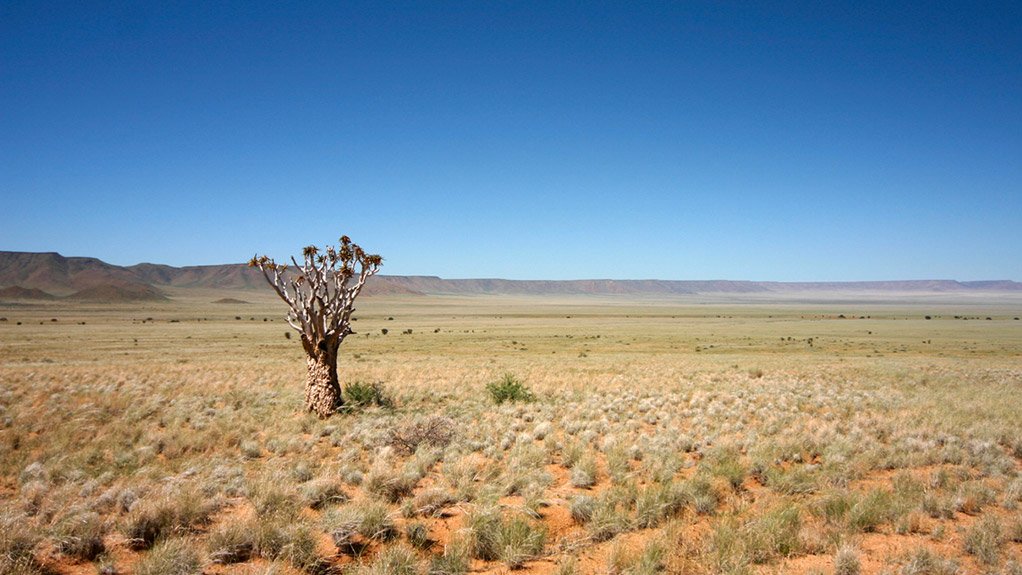The first exploratory drill head could be biting its way down through Karoo rock in search of shale gas by as early as mid-2016, according to the Mineral Resources department.
Speaking to Sapa after briefing MPs on shale gas exploration licences, deputy director general for mineral policy Mosa Mabuza said hydraulic fracturing, also known as fracking, could start 12 to 18 months after licences were issued.
Earlier, members of Parliament's land and mineral resources select committee heard the licences could be issued by July or August next year.
Sketching a timeline for completion of technical regulations, director general Thibedi Ramontja said these would be published in the Government Gazette at the end of January, after a final round of public consultation.
"[In] December this year, to January next year, we intend to finalise consultations on regulations with affected communities."
He said it was necessary that government go back to communities to show what had been done -- since imposing a moratorium on hydraulic fracturing and associated activities -- to address their concerns.
There has been considerable opposition to plans to explore for what are believed to be considerable deposits of shale gas in the Karoo, including concerns about contamination of the region's scarce water resources.
The exploration includes hydraulic fracturing, the same process used to extract the gas.
Ramontja said that after consultations with communities, the department would focus -- over the period February to June next year -- on re-processing applications to explore for shale gas.
"Our intention is that by July-August next year, we will be issuing exploration licences, beyond which the shale gas exploration shall duly commence."
He said the new regulations, currently in draft form, would result in a regulatory framework that ensured a safer exploration and subsequent exploitation of gas resources.
Mabuza told the committee that the exploration phase could span three to seven years.
Speaking later, he said "conservative" estimates put the amount of shale gas under the Karoo at between 18-trillion and 70-trillion cubic feet, well down on initial estimates of about 485-trillion cubic feet.
About four to five companies had applied for exploration licences.
These reportedly include Shell, Bundu Oil & Gas, and Falcon Oil & Gas.
Mabuza declined to say who the other one or two applicants were, saying this did not fall within his ambit.
Asked how long it might be before the first drilling started in the Karoo, he said applicants had to submit a prospecting works programme spelling out their planned activities.
These involved initial desk-top studies and seismic work, whereafter drilling could commence. Each step in this process was monitored by the department, which had to be satisfied before the company could move to the next.
Asked how long it might take from "striking" an economically viable gas deposit to setting up the infrastructure to have the first gas flow into the economy, Mabuza said this could take up to two years.
However, finding such a gas deposit with the first well drilled would be very lucky.
"[But] you will never know what you have until you've drilled," he said.
According to notes tabled at the briefing by the department, shale gas is found at a depth of between 1.5 km and 4 km below the surface.
Hydraulic fracturing is the pressurised injection of a mixture of water, chemicals, and sand into the shale to allow the gas to flow more freely from the rock to the surface via the drill well.
Ramontja said among salient provisions of the new regulations were American Petroleum Institute specifications for the length, thickness, tensile strength and composition of the casing used to line the well.
These also required that the integrity of the well be maintained by filling the space between the casing and the rock with concrete.
"The risks are quite low in terms of polluting the water resources," he said.
EMAIL THIS ARTICLE SAVE THIS ARTICLE
To subscribe email subscriptions@creamermedia.co.za or click here
To advertise email advertising@creamermedia.co.za or click here











